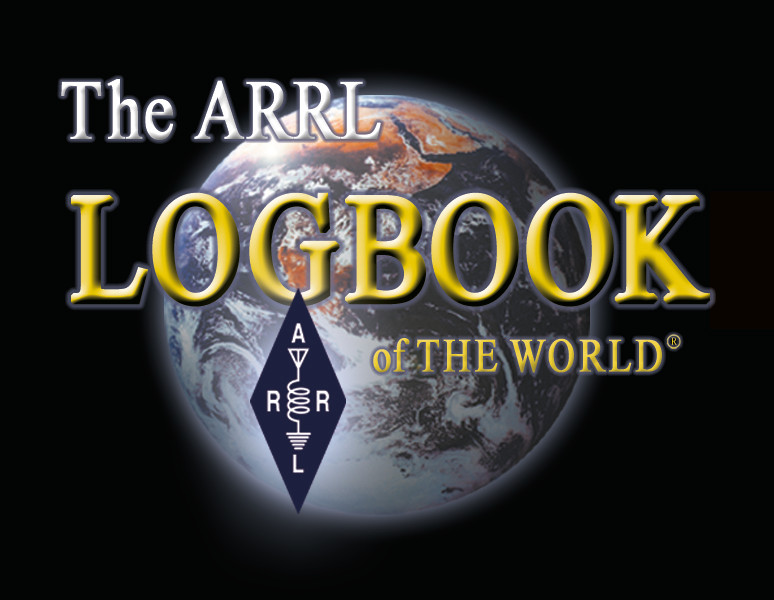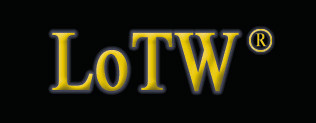Key Terms and Concepts
ADIF (Amateur Data Interchange Format) -- A log file format that many logging applications can export that describes one or more QSOs. It is not necessary to view or modify ADIF files in order to use TQSL, but for more information, see https://adif.org.uk .
Award Credit -- the result of submitting an LoTW or QSL card confirmation to an Award Sponsor, e.g. the ARRL (for DXCC, VUCC, and WAS awards) or CQ (for WAZ and WPX awards).
Cabrillo -- A log file format used for the submission of contest logs that describes one or more QSOs. It is not necessary to view or modify Cabrillo files in order to use TQSL, but for more information, see https://www.wwrof.org/cabrillo/.
Callsign Certificate -- A unique file issued to a user by the ARRL in response to a request generated by TQSL that is used to select the private key used to digitally sign a log file, thereby confirming its authenticity. TQSL also enables you to view your Callsign Certificates and renew them before they expire.
Confirmation -- when a QSO's two participants submit matching QSO descriptions, that QSO is considered confirmed for each participant. Two submitted descriptions of a QSO match if
- your QSO description specifies a callsign that matches the Callsign Certificate specified by the Station Location your QSO partner used to digitally sign the QSO
- your QSO partner's QSO description specifies a callsign that matches the Callsign Certificate specified by the Station Location you used to digitally sign the QSO
- both QSO descriptions specify start times within 30 minutes of each other
- both QSO descriptions specify the same band (and if specified, the same rx band)
- both QSO descriptions specify the same mode (an exact mode match), or must specify modes belonging to the same mode group
- for satellite QSOs, both QSO descriptions must specify the same satellite, and a propagation mode of SAT
| A confirmed QSO's DXCC entity, grid squares (up to 4), US State, and CQ Zone are specified by the Station Location your QSO partner used to digitally sign the QSO. You can view this information via your LoTW Account, or your logging application may be able to obtain it for you. An LoTW confirmation also includes the ITU Zone, IOTA group, Australian State or Territory, Chinese Province, Russian Oblast, or US State specified by your QSO partner's Station Location. | |
| All LoTW confirmations are valid for DXCC awards. Only LoTW confirmations with one or more grid squares are valid for VUCC awards, only LoTW confirmations with a CQ zone are valid for WAZ awards, and only LoTW confirmations with a US State are valid for WAS awards. Some WAS awards require a confirmation with an exact mode match. You can ask your QSO partner to re-submit a confirmed QSO that is digitally signed with a Station Location that contains additional information so that the confirmation will become valid for VUCC and/or WAS awards. | |
Digital Signature -- A cryptographic means of enabling a sender to convey information to a receiver in a manner that assures the receiver that
- the information comes from the sender
- the information has not been subsequently modified
| LoTW users can employ the TQSL application to generate a digitally signed log file containing their QSOs for submission to LoTW, or they can use one of the many logging applications with this capability. | |
Log File -- A file containing QSO records in either ADIF or Cabrillo format. A Digitally Signed Log File has been digitally signed by TQSL and can be submitted to LoTW.
LoTW Account -- the web page from which an LoTW user can
- view the results of LoTW's processing of a digitally signed log file submitted to LoTW
- view the status of each Callsign Certificate
- view QSOs that have been submitted to and accepted by LoTW
- view QSOs that have been confirmed by LoTW
- view DXCC, VUCC, WAS, WAZ, and WPX Award Credit
- submit QSOs confirmed via LoTW for additional DXCC, VUCC, WAS, WAZ, and WPX Award Credit
| The username and password needed to log in to your LoTW Account are specified in the email message from the ARRL that conveyed your first Callsign Certificate.
If you've forgotten your password, click the Forgot password? link beneath the Password box to display the Forgot Password web page; on this page, specify your username and email address, and then click the Forgot Password button. Within 10 minutes, you'll receive an email message with a new password. |
|
Mode Group -- a collection of similar modes. The Phone mode group, for example, includes the modes AM, FM, and SSB. Other mode groups include CW, Data, and Image. Mode groups are defined in TQSL's Configuration Data.
Station Location -- a collection of information specifying an operating location and optionally a Callsign Certificate. Station Locations can be created, modified, and deleted with TQSL. A Station Location specifies the following geographic information:
- a DXCC entity
- a primary administrative subdivision (e.g. a State or Province)
- a scecondary administrative subdivision (e.g. a County)
- a Grid Square
- a CQ zone
- an ITU zone
- an IOTA Reference Number
TQSL -- a free application that runs an Windows, OS X, and Linux and can
- request, accept, view, renew, or delete Callsign Certificates
- define, modify, or delete Station Locations
- submit digitally-signed QSOs to LoTW via the internet
- create a file containing digitally-signed QSOs to be emailed or uploaded to LoTW
TrustedQSL -- a specification and library for digitally signed QSO records that is used in LoTW


